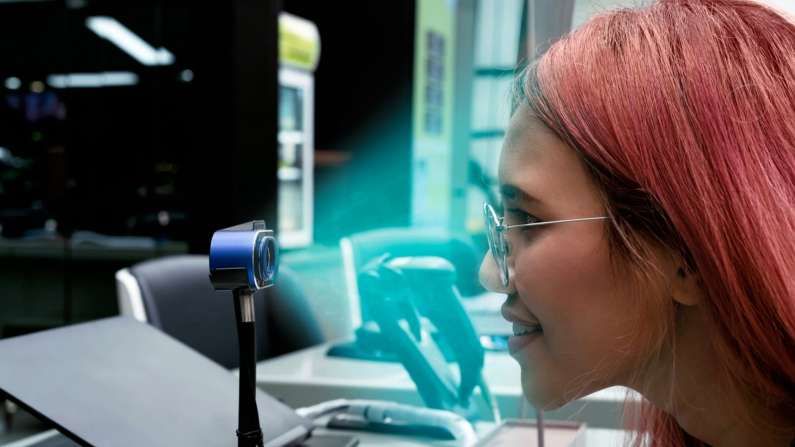Know what is video KYC and how it it done
Video KYC essentially allows customers to participate in the KYC process over a video call

Several banks & financial institutions have rolled out the facility of video KYC for onboarding potential customers. Video KYC was approved by the RBI in 2020, as a valid means of onboarding customers in compliance with RBI’s KYC master direction.
WHAT IS VIDEO KYC?
As per the guidelines of RBI, banks must authenticate the identity of customers and clients before or at the beginning of a business relationship. The process of customer authentication is Know Your Customer or popularly known as “KYC”. As the name suggests, video KYC essentially allows customers to participate in the KYC process over a video call and on the other hand enables financial institutions to ascertain the authenticity of the documents, liveliness check, and geo-location tagging of the customer, remotely. Video-KYC is extremely convenient for availing services of e-wallets, bank account, loans, credit cards, or other financial facilities.
Video KYC Regulatory Guidelines For Banks & Financial Institutions
-
Use of latest AI technology for face recognition
-
Live photo and video recording of customers
-
Aadhar & PAN verification
-
Matching of customer face capture with photo IDs
-
Verification of customer location through Geo-tagging
-
Ascertaining customer liveness
-
Random mandatory questions to ensure the filler is human
-
The verification agent must be an employee of the bank
THE 10 STEPS OF VIDEO KYC
STEP 1: Customer schedules a video call on the bank’s website/app
STEP 2: Joins a link shared by the bank on SMS or e-mail
STEP 3: Joins the video call with the bank official
STEP 4: Bank official checks valid documents
STEP 5: AI-enabled Liveliness check through real-time image capture, body movement, etc
STEP 6: Customer location verification through Geo-tagging
STEP 7: Validation of photo IDs with the customer through face recognition technological
STEP 8: KYC acceptance or reject by the verifier
STEP 9: Bank processes application post review
STEP 10: Customer notified about the success status of KYC
3 THINGS TO CHECK-OUT DURING VIDEO KYC
1. Aadhaar number is verified through OTP sent on the registered mobile number of the customer. Therefore, there is no requirement for the physical submission of the Aadhaar card during V-KYC. If one is required to show Aadhaar card during V-KYC during the call, to prevent misuse one can hide the middle numbers of the Aadhar card.
2. Never participate and share personal details during alleged V-KYC on third-party apps such as Zoom, Whatsapp, Google Duo, or Skype. Banks conduct V-KYC through their website or mobile application and a customer must remain on-video call throughout the process. Any link or SMS guiding a customer to a third-party app for V-KYC can be fraudulent.
3. Customer must verify the credentials of the person conducting V-KYC. As per RBI, guidelines the verifying agent must be a bank employee with valid credentials. Customers are well within their rights to ask the agent to show his or her bank identity card and verify employee ID number from respective banks before the V-KYC process starts.
In case of break-in connectivity, the process must be started from the beginning. Upon completion of a successful video KYC process, applicants get account details within eight hours on their registered mobile number and e-mail ID. Kotak Mahindra, ICICI, IDFC First, and IndusInd are some of the banks that are providing V-KYC facilities for the on-boarding of potential customers.